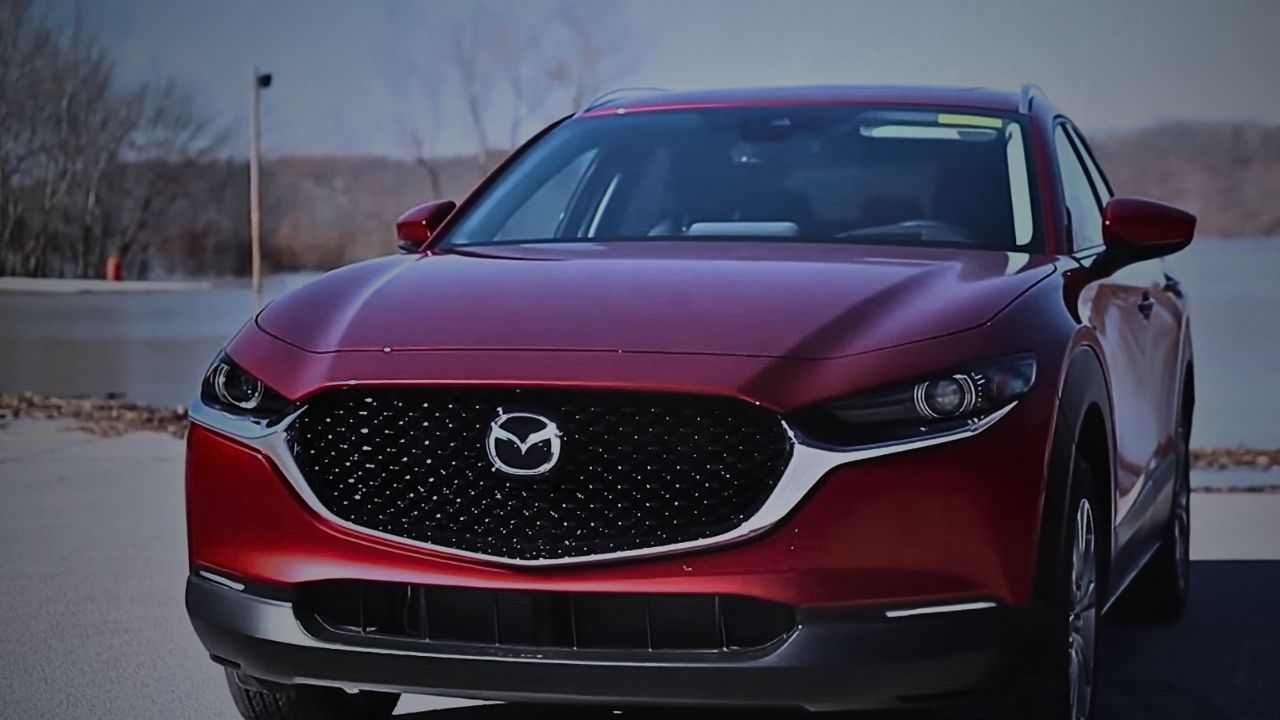Is Mazda Japanese?
April 3, 2024 | by Team Neftin Mazda


When considering Mazda, the question often arises: Is Mazda Japanese? The answer is a resounding yes. The Mazda Motor Corporation was born in the vibrant city of Hiroshima, Japan, back in 1920. Initially known as Toyo Cork Kogyo Co., Ltd., the company’s journey commenced with the production of “Autorickshaws,” three-wheeled motorcycles that swiftly became the talk of the town.
During the 1930s, Mazda-sponsored events showcased these innovative vehicles, catapulting the company’s popularity to new heights.
As Mazda delved further into automobile manufacturing, it cemented its status as a household name. By the 1940s, the company expanded its portfolio to include compact cars, trucks, and more variations of three-wheeled vehicles.
In 1960, Mazda unveiled the R360, a pint-sized yet revolutionary two-door car, marking a significant milestone in its evolution.
Renaming itself Mazda Motor Corporation, the company solidified its commitment to innovation and excellence. Throughout these transformative years, Mazda’s headquarters remained rooted in Hiroshima, Japan, serving as a testament to its Japanese heritage.
The legacy of Mazda extends beyond its founding roots. With global demand soaring, Mazda ventured beyond Japanese borders, establishing manufacturing facilities in various countries.
Notably, in 2021, Mazda, in collaboration with Toyota, inaugurated a state-of-the-art assembly plant in Alabama, USA, showcasing its commitment to international markets.
However, Mazda’s journey in the United States hasn’t been without its twists and turns. From 1987 to 2012, Mazda operated a manufacturing facility in Flat Rock, Michigan, producing iconic models such as the MX-6, 626, and Mazda 6. Despite the closure of the Michigan plant in 2012, Mazda remained undeterred in its pursuit of excellence.
The establishment of the Alabama plant signaled a new chapter for Mazda in America, reaffirming its dedication to serving its American clientele.
Collaborating with Toyota further bolstered Mazda’s presence in the US automotive industry, highlighting its adaptability and resilience in the face of challenges.
So, is Mazda made in America? While Mazda’s manufacturing footprint has evolved over the years, its Japanese identity remains deeply ingrained in its ethos.
The company’s commitment to innovation, quality, and customer satisfaction transcends geographical boundaries, embodying the spirit of Japanese craftsmanship on a global scale.
RELATED POSTS
View all


